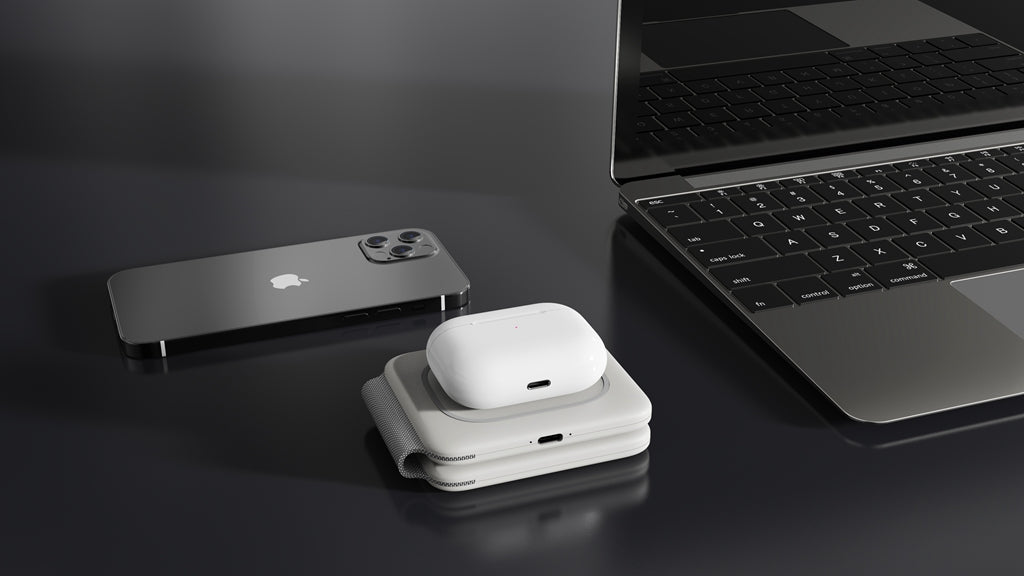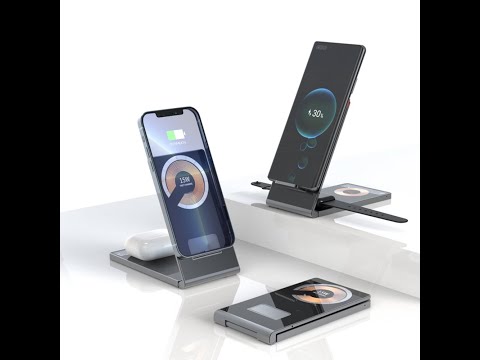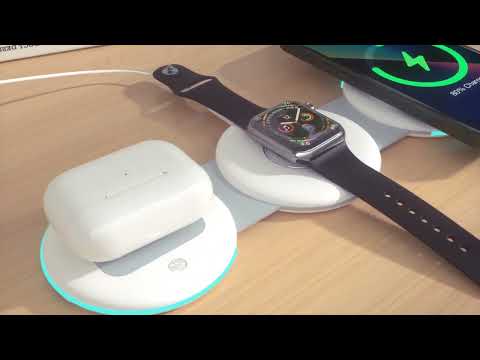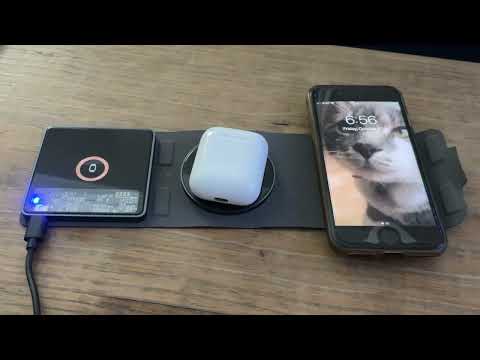Charging your smartphone's battery with wireless charging allows you to do so without the need for a cable or plug. The vast majority of wireless charging devices take the form of a specialized pad or surface on which the user can place their phone in order to charge it wirelessly.
Some of the newest smartphones come equipped with a wireless charging receiver as standard, while older models typically require an additional adapter or receiver to function properly.

How does it work?
Copper is used in the construction of the receiver induction coil that can be found inside your smartphone. Similarly, copper is used in the charger's transmitter coil, which is wirelessly transmitted.
When you set your phone on the charger, the transmitter coil creates an electromagnetic field. This field is then converted by the receiver into energy, which is then sent to the phone's battery. The term for this kind of induction is electromagnetic induction.
Wireless charging is only effective over very short distances due to the diminutive size of both the copper receiver and the copper transmitter coils. This inductive charging technique has been used for many years in consumer goods such as electric toothbrushes and shaving razors.
Because you must still connect the charger to either the wall outlet or a USB port, it is clear that the system does not provide full wireless operation. Simply put, it indicates that you will never be required to attach a charging cord to your smartphone.
What is ‘Qi’ wireless charging?
The Qi standard, which is pronounced "chee" and is the Chinese term for "energy flow," is the one that has been accepted as the wireless charging standard by the biggest and most well-known technology firms, including Apple and Samsung.
It functions in exactly the same way as any other wireless charging technology. The only difference is that, due to its rapidly growing popularity, it has swiftly surpassed its rivals to become the industry standard.
Qi charging is already compatible with the most recent versions of mobile devices, including the iPhone 8, XS, and XR, as well as the Samsung Galaxy S10. When future versions are made available, each one will also come equipped with an in-built Qi wireless charging feature.
The Porthole Qi Wireless Induction Charger from CMD is a Qi-enabled device that can power up any smartphone that is compliant with the standard.
Is wireless charging bad for my phone battery?
Wireless charging now only works if your phone is placed directly on top of the charging pad. However, companies are hard at work on solutions that will allow for wireless charging at a distance.
After a given number of charge cycles, the lifespan of every rechargeable battery will begin to decrease. The number of full charges and discharges of a battery is called its "charge cycle."
One of the complaints leveled against wireless charging is that it speeds up the pace at which these cycles occur. The cable itself provides the energy for the phone to function while it is being charged, rather than the battery.
But while charging wirelessly, the battery is always working hard, and the charger is only supplementing it.
But the Wireless Power Consortium, the international organization responsible for the Qi technology, insists this is not the case, saying that wirelessly charging a phone is just as safe as using a cable connection.
Take Away
Consider purchasing a wireless charging pad if you frequently misplace your charging cables or if your household includes both an iPhone and an Android phone.
Wireless chargers eliminate the need to tangle with a mess of cables, and they are much harder to break or misplace, all while being compatible with every iPhone and Android device on the market. So, what are you waiting for? Get the best charger from Peaking Charger now!




